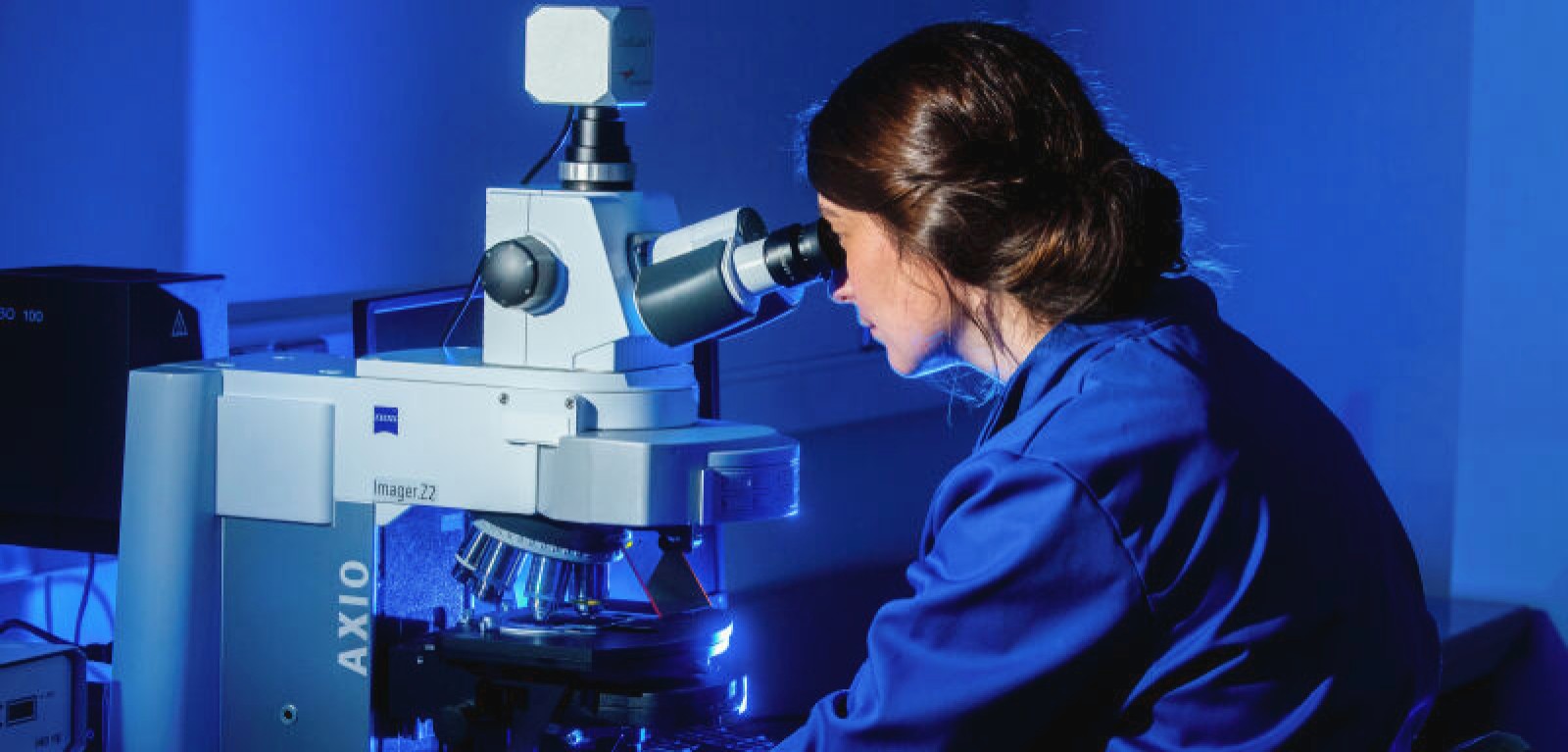New method in search for sustainable cooling technology developed at Queen’s University Belfast
A new method to investigate more environmentally friendly ways of cooling down electronic components has been developed by scientists at Queen’s University Belfast.

Researchers from the School of Maths and Physics measured cooling in a group of solid materials known as ‘electrocalorics’ at the microscopic level to measure the success of using electrical signals – instead of carbon-heavy gas or motors - to trigger a sudden cooling. The study has long-term potential for use in industry and commercially, eg. in microelectronics, and also comes with an interesting, historical connection to Belfast-born scientist Lord Kelvin, who helped lay the foundations of modern physics.
Electrocalorics, which are a type of ceramic material, have long been used as capacitor components in electrical goods, suggesting to physicists that they could be repurposed for cooling applications. The main benefit of using them in cooling technology is that it bypasses the need for motors and gas refrigerants for cooling – both of which have a high environmental footprint. Additionally, electrocalorics may be more efficient and practical for extremely small and compact applications.
In the Queen’s study, published In the Journal of Physics: Energy, the researchers used highly sophisticated kit in the lab to test materials at the microscopic-length scale to see how the temperature of the material responded to electrical signals. Lead researcher, PhD student Olivia Baxter explained: “Visualising heat flow in tiny microelectronics components that you can’t even see with your bare eyes is a very challenging task.
“We used a sophisticated tool called a ‘scanning thermal microscope’. It uses a fine needle-like probe that is dragged across a surface to sense its properties, a bit like a needle moving on a vinyl record player. The difference here is that the probe tip is much, much sharper – around 500 times narrower than a single human hair.
“Usually, the probe tip would be used to measure surface roughness but in our experiments, it was instead used as a tiny thermometer to visualise the cooling effect across the surface. Even though the entire thermal image is smaller than the width of a grain of sand, it contains incredible detail.
“We were able to produce thermal images which capture a great deal of data which will be invaluable to further developing this cooling technology.”
Dr Raymond McQuaid, supervisor of the research and UKRI Future Leaders Fellow, from the School of Maths and Physics, said it was fitting that the new method had been developed at Queen’s University Belfast, given the local connection to Lord Kelvin.
“Right next door to our university, in the city’s Botanic Gardens, there’s a statue of Belfast-born scientist and inventor, Lord Kelvin, who originally predicted the electrocaloric effect over 100 years ago,” he said. “We are now able to see this effect more clearly at microscopic levels and better understand how it can be harnessed for cooling applications.”
The project was funded by a UKRI Future Leaders Fellowship and EPSRC studentship funding.

Media
Inquiries to Una Bradley u.bradley@qub.ac.uk